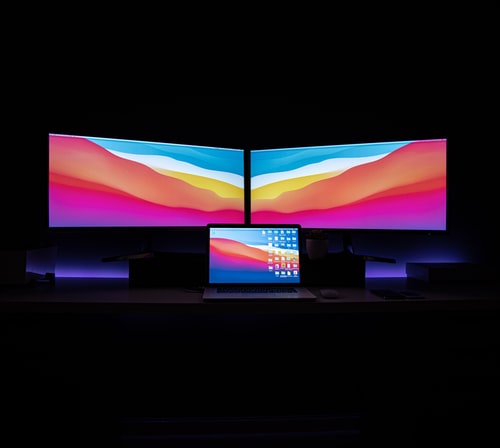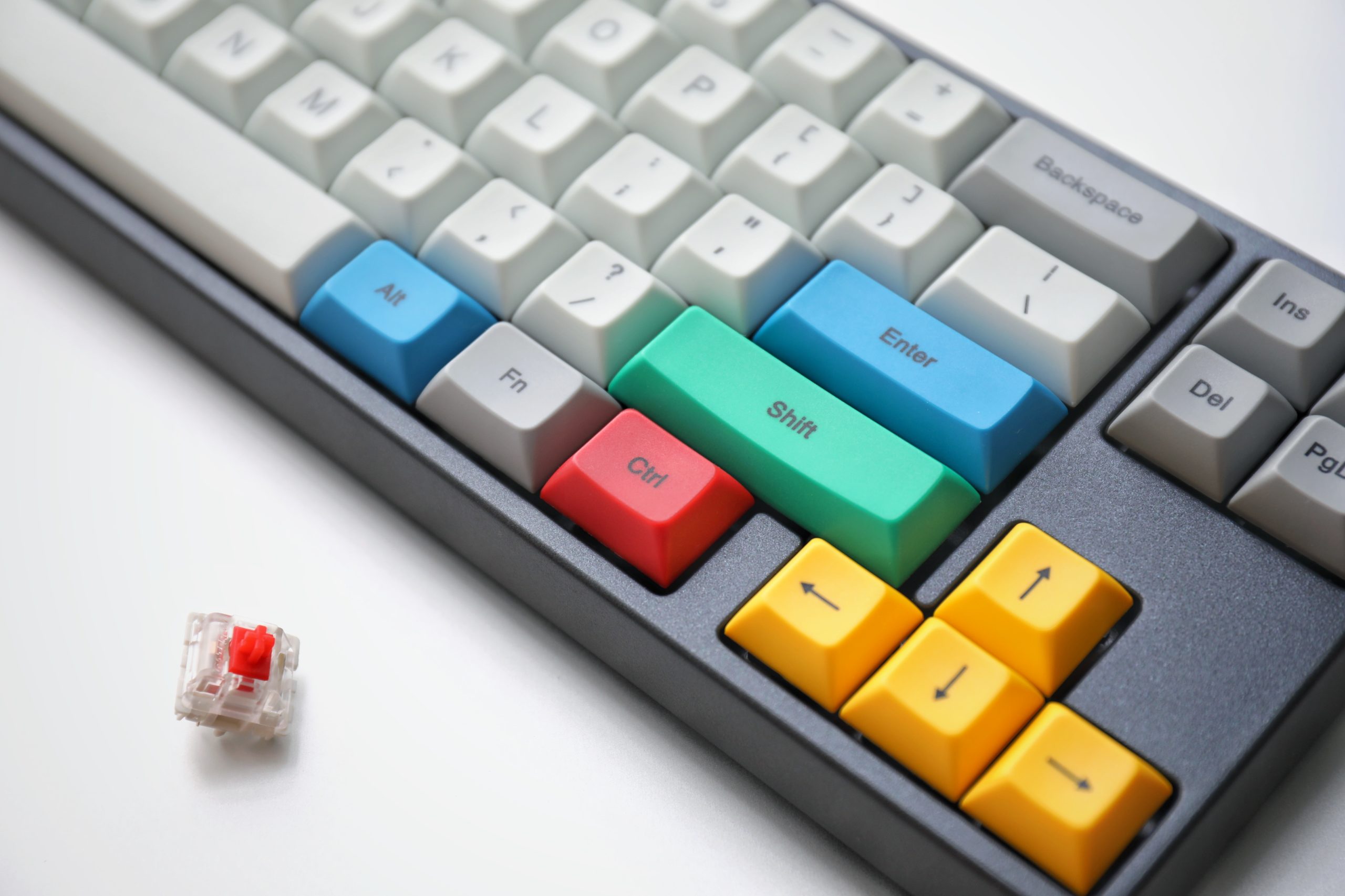Revolutionizing Technological Frontiers
Tech it to the Limit
Join the Tech Revolution Today
Join the community of tech heroes and embark on a journey of innovation and discovery.
VVD
body { background-color: #e6f7ff; font-family: Arial, sans-serif; line-height: 1.5; padding:…
Slotssport
body { background-color: #e6f7ff; font-family: ‘Arial’, sans-serif; line-height:…
Best budget condenser microphones in India
If you’ve ever recorded a vocal, a guitar or a bass part in your home studio, chances…
Best Budget Gaming Controllers for PC and Android in India
Keyboard and mouse are the standard controllers for PC games. They have been designed…
Best Monitors Under Rs.10000 In India: A Complete Buying Guide
The monitor is one of the most important parts of a computer setup. Doesn’t matter if you’re…
Best ring lights in India
If you make youtube videos or instagram reels you know that having a good camera quality is…
Best e-book readers in India
If you are an absolute bibliophile, you know the struggle of managing your precious…
Best trimmers for men in India
Due to the corona virus lockdown most of us men have grown a majestic long beard, but the…
Best dash cams in India | Top car cameras to buy right now
Mounted on your windshield or on the back, a dashcam surveys everything that happens all…
The best Android, IOS mobile gimbals
Mobile phones have come a long way from those janky 2MP nokia cameras. Now we have…
Best mechanical keyboards in india
When a casual computer user hears the words mechanical keyboards all they can imagine is…
Best over the ear headphones in India
When you are looking to buy some good headphones, it’s difficult to get a straight…
The Best 32 inch Monitors (with guide)
Monitors these days come in a variety of sizes, from the 22 inch monitors all the way up to…
Best All in One Water Coolers in India
If you have ever looked at a high-end PC build chances are that it will have water cooling…











